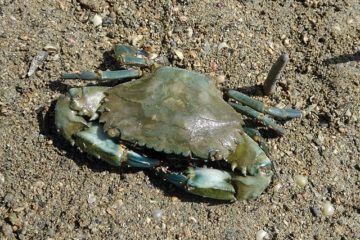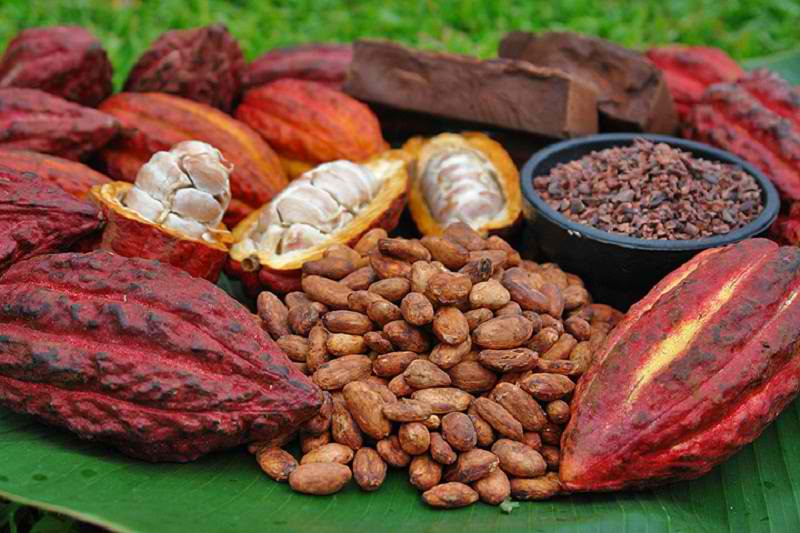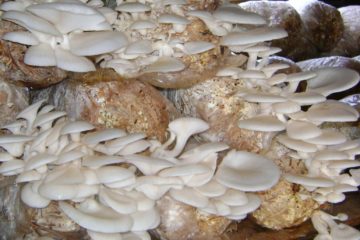RICE LANDRACES (HEIRLOOM RICE) AND ORGANIC PRODUCTION PRACTICES IN BENGUET
Belinda A. Tad- awan, Carlito P. Laurean, Teresita D. Masangcay, Esther Josephine D. Sagalla, Hector C. Gayomba, Mannylen P. Odias, Rhondez S. Tayag and Jasmin M. Chomawat
ABSTRACT
Results of assessment and survey conducted during the Year 1 (2014) of the collaborative project on rice landraces indicated some gaps that are needed to be addressed by R and D particularly in Kibungan, Benguet. These problems include low yield of traditional rice, low fertility of soils, and occurrence of pests and diseases. Rice landraces or heirloom rice is gaining its momentum in the international market. Thus, there is a need to evaluate traditional varieties to cater the local and global market. Information on the performance of rice landraces and response to organic production practices is scarce; hence, the need to evaluate and finally recommend the best variety under local conditions.
Evaluation of rice landraces were conducted in two study sites located at N16o43’16.0” E120o39’19.6” and N16o43’9.4” E120o39’19.6” with elevations of 843 and 831m asl, respectively. The experiment on organic fertilizers was laid- out in split- plot design replicated three times where the organic fertilizers (BSU Grower’s compost, N- BEM 21 and Sunflower) were assigned as the main plot while the sub- plots were the rice landraces. Effective management formulations of biopesticide/ organic treatments/ botanicals used were based from the results of previous studies done by Villanueva, et al. (2015). The experiments were laid- out in a split plot design where the organic/ botanical treatments/ biopesticides were assigned as the main plot while the sub- plots were the rice landraces replicated three times. The organic and botanical pesticides were sprayed one to two weeks 30 days after planting.
On the evaluation of rice landraces, Oklan yielded the highest among the landraces at 2153.00g/4m2 (5.38t/ha) while the least was from Bongkitan at 1031.00g/4m2 (2.58t/ha). Four landraces recorded least damaged by stem borer which include Lasbakan and two of its variants and Lamadya. Lasbakan and Bongkitan were the only landraces which remained uninfected by panicle grain mold during the assessment period. All rice landraces had a positive return on cash expense (ROCE). Oklan had the highest return on cash expense of 174.32%. During the participatory selection involving 48 farmers, about 29.2% of rice growing farmers liked Kabal and Talokitok followed by Oklan at 12%. The reasons were; the landraces produced many tillers as well as long and compact/ dense panicles with few unfilled grains, and lodging resistant. As to general acceptability based on sensory evaluation, Bongkitan and Lablabi were liked very much while Lasbakan, Kabal and Talokitok were liked moderately. On the effect of organic fertilizers, rice plants applied with NBEM- 21 produced 1,292 g/plot (3.23t/ha). Talokitok applied with NBEM- 21 produced the highest yield (1486.38g/plot) and exhibited that highest ROCE of 29.68%.
On the effect of organic treatments, leafspot infection was lowest from rice landraces applied with wood vinegar as compared to those sprayed with sunflower extract. Wood vinegar delayed disease severity at heading stage. Among the rice landraces, Talokitok had a consistent lowest leafspot rating. Lasbakan applied with wood vinegar produced the highest yield (1,858g/plot) and exhibited the highest ROCE (161.96%).
On the effect of botanical treatments on leaf/ sheath blight, the lowest infection was from rice landraces treated with crude garlic extract. Rice plants that were sprayed with turmeric mixture had highest yield (5.25t/ha). Talokitok consistently gave the highest yield of 5.88 tons/ha. Positive and high ROCE was recorded on rice landraces treated or untreated with botanical pesticides. Specifically, untreated Talokitok and treated with yellow ginger extract exhibited the highest ROCE (199.55%).
On the effect of biopesticides, it was observed that the infestation of stem borer was lower when sprayed with biopesticides either, Metarhizium anisopliae or Beauveria bassiana helped reduce plant hopper infestation. Talokitok produced the highest yield of 2334g when sprayed with M. anisopliae.


